
Electromagnetic Compatibility (EMC) Testing Methods and Rectification Guidelines
Electromagnetic Compatibility (EMC) refers to the ability of electronic devices to operate within an electromagnetic environment without causing interference to other electronic devices present in that environment.
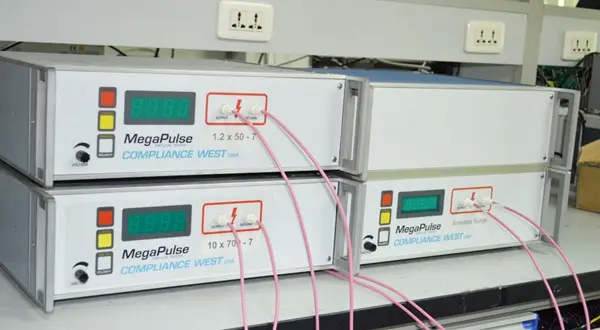
EMC is typically divided into two categories:
1. Radiated - Electromagnetic interference emitted by electronic devices may cause interference/failure to other electronic devices within the same environment. Also referRED to as Electromagnetic Interference (EMI).
2. Immunity/Susceptibility - Immunity refers to the ability of electronic devices to operate normally in an electromagnetic environment without being affected by radiation emitted by other electronic devices, while susceptibility is essentially the opposite of immunity, as devices with lower immunity to electromagnetic interference are more likely to be affected. Resistance testing is usually required for the sale/distribution of consumer/commercial products in Australia, New Zealand, North America, and Canada.
Electromagnetic Compatibility Emissions
EMC emissions are further categorized into two types:
1. Radiated Emissions
2. Conducted Emissions
An electromagnetic field consists of the following components:
1. Electric Field (E-Field) - Typically measured in volts per meter (V/m).
2. Magnetic Field (H-Field) - Typically measured in amperes per meter (A/m).
These two components of the electromagnetic field are themselves two independent fields but are not entirely independent phenomena. The electric field and the H-field move perpendicULar to each other.
Radiated Emissions (E-Field):
Radiated emissions are electromagnetic interference (EMI) or disturbances caused by frequencies generated internally by electronic or electrical equipment. Radiated emissions can pose stringent compliance issues. For some general guidance, please refer to our article on Common Issues and Solutions in EMC Radiated Emissions. Radiated emissions propagate directly from the device's enclosure or via interconnecting cables (such as signal ports, wired ports like telecommunication ports, or power cords) through the air.
A prime example is HDMI ports and the associated EMI that can radiate from these cables. We use it as a case study, and the article can be found here: EMC Radiated Emissions Testing (EMI). During emc testing, radiated emissions measurements are performed using a spectrum analyzer and/or EMI receiver along with appropriate measurement antennas.
EMC Radiated Emissions Testing Methods
Radiated emissions (H-Field): The magnetic component of electromagnetic waves is measured using a spectrum analyzer and/or EMI receiver along with appropriate measurement antennas. Typical magnetic field antennas include loop antennas and also specific antennas according to CISPR 15, such as the Van Veen Loop. The Van Veen loop antenna consists essentially of three loop antennas that together form the product's magnetic field emission along three axes (X, Y, and Z).
Conducted Emissions (Continuous and Discontinuous):
Conducted emissions are electromagnetic interference (EMI) or disturbances caused by frequencies generated internally by electronic or electrical equipment. These emissions then propagate along interconnecting cables, such as wired ports like telecommunication ports or power cords. These emissions can be continuous (emitted continuously at a given frequency) or discontinuous (non-constant, occurring intermittently).
During EMC testing, conducted emissions measurements are performed on an EMI receiver via an Impedance Stabilization Network (ISN) located within the test chamber.
Electromagnetic Compatibility Immunity
EMC immunity testing can be considered continuous or transient. Continuous testing is applied to products to simulate RF proximity events that may occur in the real world. Transient phenomena typically involve short events involving energy bursts.
EMC immunity testing requirements are typically separated based on how electromagnetic interference couples onto the device:
1. Immunity, enclosure ports
2. Immunity, signal ports and telecommunication ports
3. Immunity to disturbance, input DC power ports
4. Immunity to disturbance, input AC power ports
Testing levels, types of interference signals, etc., depend on the type of device being tested and the standards applied.
Continuous Immunity Testing
Radiated Immunity: RF signal generators, amplifiers, and antennas are used to generate electromagnetic fields at different frequencies. The enclosure ports and associated cables of the Device Under Test (EUT) are exposed to the electromagnetic field via radiation antennas. Radiated test signals are at specific amplitudes and modulation applied for specific periods. Most standards requiring immunity testing mandate this test.
Conducted Immunity:
During conducted immunity testing, RF signal generators and amplifiers produce electromagnetic fields. This electromagnetic field couples onto the product's signal, data, or power ports via an injection device (usually a CDN, or "Coupling/Decoupling Network" used as the injection device). This conducted immunity test is essentially continuous, often referred to as "RF Continuous Conducted" in many standards. Typically, conducted immunity testing applies to AC and DC ports and signal cables longer than 3 meters.
Power Frequency Magnetic Field Immunity:
Fluctuating magnetic fields generated by electromagnetic coils oscillate at mains frequency (50/60Hz). The EUT is placed within this fluctuating magnetic field and exposed for a sufficient time to assess the product's performance. Magnetic field immunity testing typically applies only to magnetically sensitive equipment.
Transient Immunity Testing:
Transient phenomena are brief energy bursts to which the tested product is exposed for a short duration. Similar to continuous immunity, transient immunity applies to enclosure ports, signal/data ports, and power ports (if applicable).
Electrostatic Discharge (ESD):
ESD pulses are applied directly to the device's enclosure and indirectly to vertical/horizontal coupling planes near the tested product, the test levels being related to the standards applied. For more information on Electrostatic Discharge effects and potential ESD compatibility solutions, please refer to the article: Common EMC Solutions for Electrostatic Discharge.
Electrical Fast Transient (EFT)/Burst:
Fast transients are a series of short pulses with high amplitude, high repetition rates, and short rise times. Fast transient phenomena are typically caused by high-speed switching events, such as inductive load interruptions and relay contact bounce. Generally, fast transient testing applies to AC and DC ports and signal cables longer than 3 meters.
Surge:
Surge is a transient phenomenon caused by high-power switching events, magnetic/electrical coupling, or even lightning. Surge testing is applied to the power ports of the EUT at several phases of the mains supply. Surge testing typically applies to AC ports and sometimes to DC ports, with signal cables in certain EMC product standards exceeding 30 meters in length, or cables may run externally to buildings. For more information on surges, please refer to our article on Typical Issues and Solutions in EMC Surge Testing.
Voltage Dips, Short Interruptions (VDI), and Voltage Variations:
The purpose of voltage dip and short interruption testing is to simulate faults in the power network. These faults may be caused by power cuts (blackouts/brownouts) or sudden large changes in load. Voltage variations are typically caused by continuous changes in load connected to the power network. Voltage dips or interruptions are two-dimensional phenomena characterized by residual voltage (the voltage after the specified drop) and duration (how long the nominal voltage drops to the product). This test applies only to the AC input ports of the product.
Pulse Magnetic Field:
Similar to power frequency magnetic field immunity testing, the tested product is placed within a magnetic loop. Unlike power frequency magnetic field testing, the EUT is not exposed to a continuous oscillating magnetic field (at 50/60Hz) but to pulses of magnetic fields
provided by a transient generator. The magnetic pulse has a high amplitude but short rise time, and the product's performance is then evaluated to ensure normal operation.
Email:hello@jjrlab.com
Write your message here and send it to us
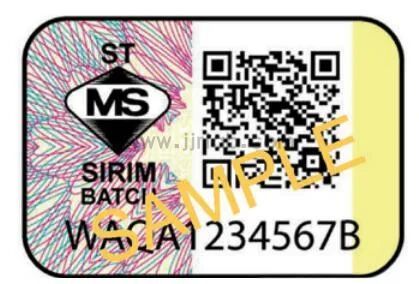 SIRIM and MEPS Certification for Fans in Malaysia
SIRIM and MEPS Certification for Fans in Malaysia
 U.S. CPSC Water Bead Toy Compliance Requirements!
U.S. CPSC Water Bead Toy Compliance Requirements!
 Food Contact Materials (FCM) Regulation
Food Contact Materials (FCM) Regulation
 How to get Certification Compliance for Lithium Ba
How to get Certification Compliance for Lithium Ba
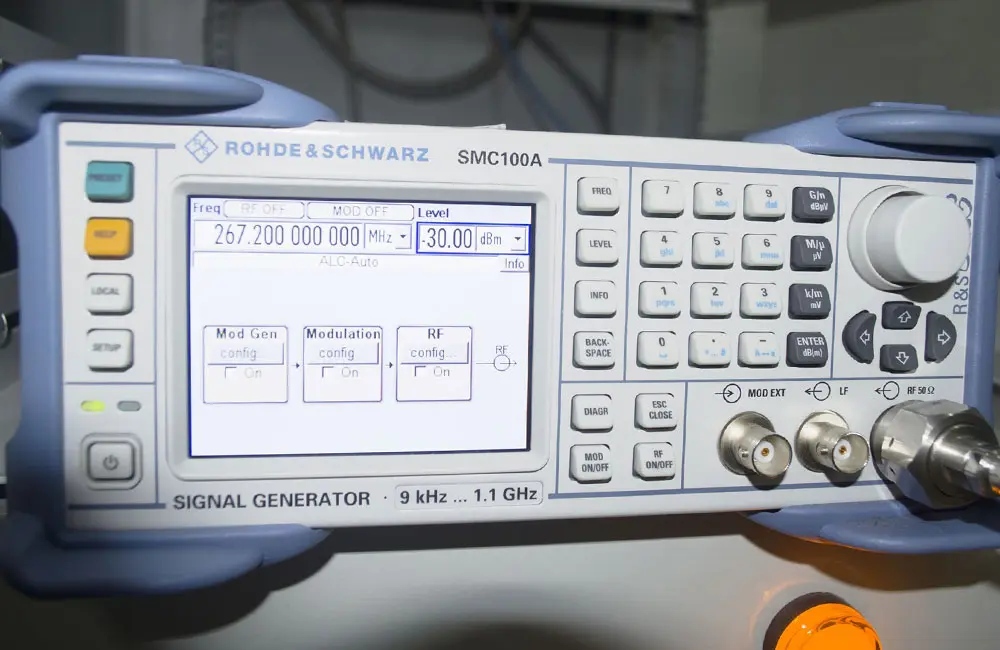 LED Lighting Safety Testing Service Laboratory
LED Lighting Safety Testing Service Laboratory
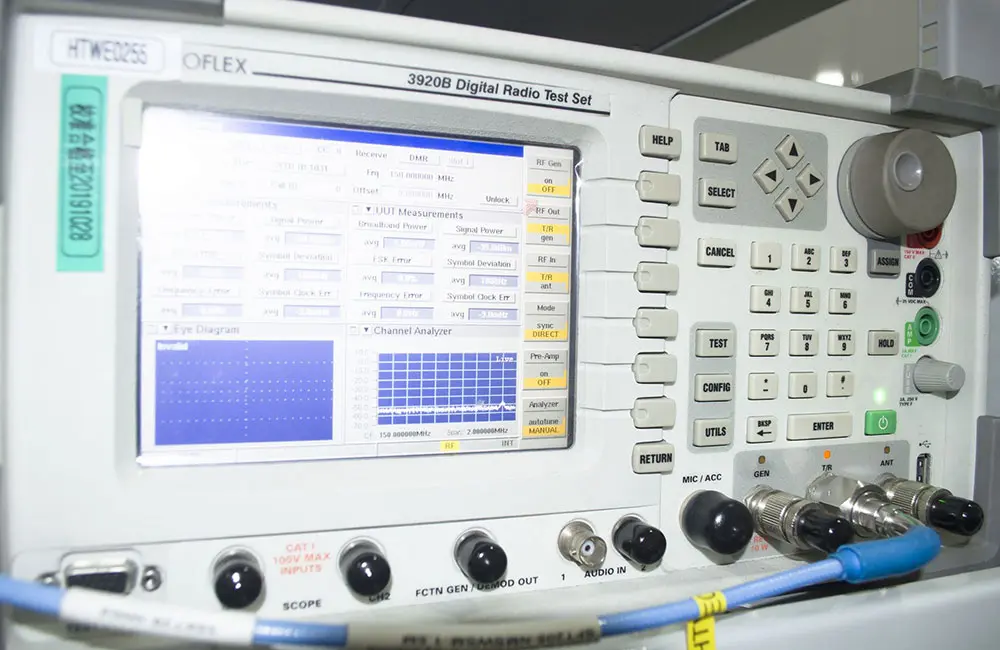 LED Lighting EMC Testing Service
LED Lighting EMC Testing Service
 EU REACH Compliance Testing Services
EU REACH Compliance Testing Services
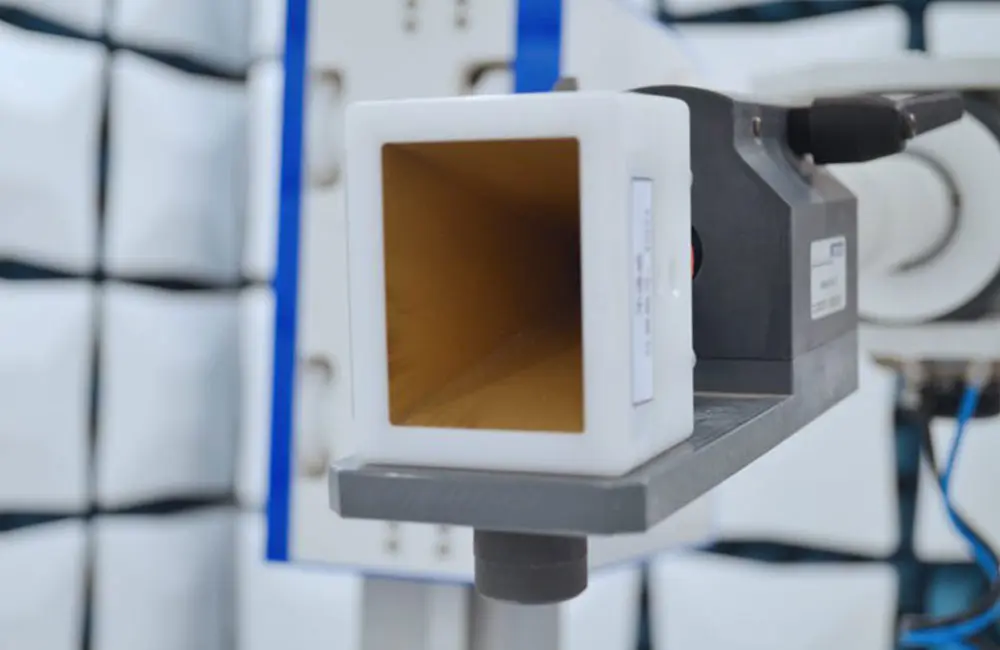 Electronic and Electrical Reliability Testing Serv
Electronic and Electrical Reliability Testing Serv
Leave us a message
24-hour online customer service at any time to respond, so that you worry!




